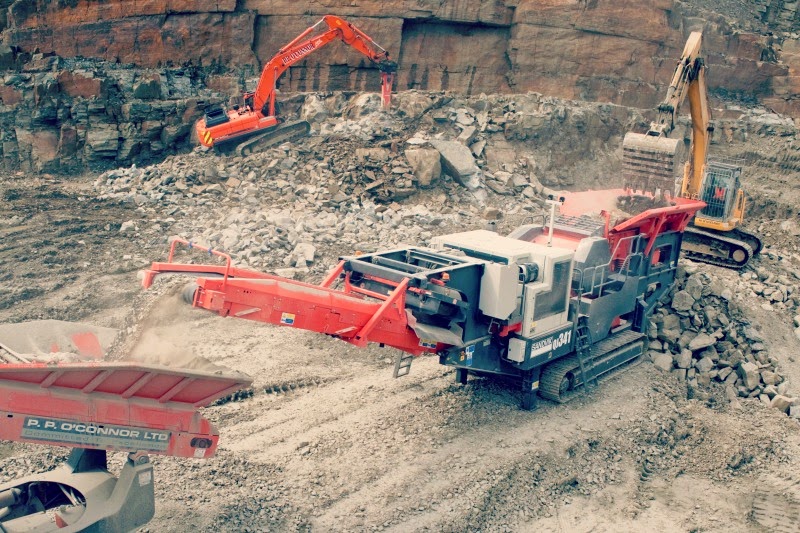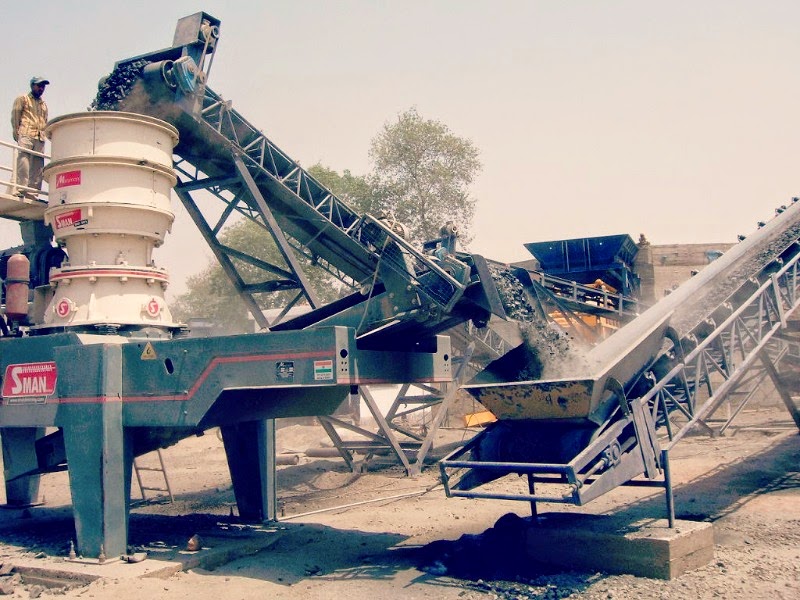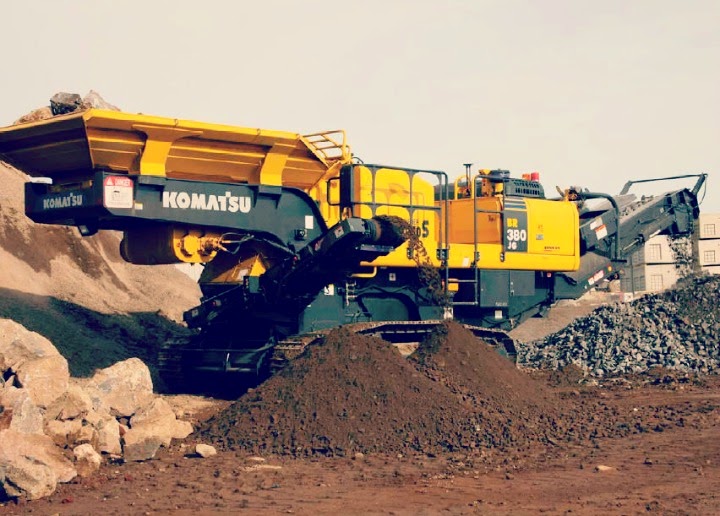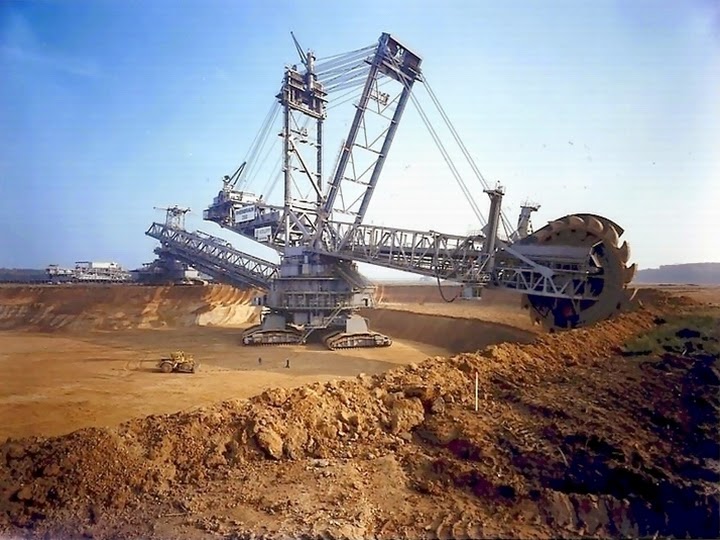A telehandler, or a telescopic handler, is a machine with a huge role in the agriculture and construction industry. Although it is similar to the forklift, it is much more beneficial, since it can be used for more applications. The telehandlers are extremely efficient To perform the given tasks easier and quicker, you can consider the wide range of telehandler attachments, each offering a specific operation. Whether you need your telehandler for loading, grading, digging, handling or placing material, there is surely one of those telehandler attachments that can meet your requirements.

Incredible Lifting Capacities And Heights - With the right telehandler attachment, you will be able to lift more and reach higher. With lifting capacities from 2000kg to 3100 kg and maximum lifting heights from 5m to 12m, the telehandlers are extremely efficient. The extendable boom of telehandlers provides the operators with an incredible lifting capacities and heights, achieving superior productivity.
Attachment Supportive – All telehandlers support a full range of telehandler attachments, thanks to the hydraulic quick-tach system and the attachment mounting system included. These two options make the attaching and removing telehandler attachments very fast, safe and easy. There are many different telehandler attachments with different purposes, because they are the key to the well-known telehandlers versatility.
On-Finger Controls – Telehandlers have their controls on-finger, allowing the operators an easy and convenient operation. Most models come with only one hydraulic joystick that operates the boom and the attachment mounting system. The joystick features a variable-control thumbnails, which extends the boom when pushed. It has a single shuttle lever for giving forward and reverse directions and high/low settings. Some telehandlers feature an additional lever for controlling the horn, the lights and signals.
Great Cabin – In terms of operators' comfort and safety, telehandlers come with very comfy and spacious cabins to provide the operators with comfortable staying. A suspension seat and air conditioning are very common features in the telehandlers. Also, the cabins provide a great visibility to the operators to the telehandler attachments and working area.

Incredible Lifting Capacities And Heights - With the right telehandler attachment, you will be able to lift more and reach higher. With lifting capacities from 2000kg to 3100 kg and maximum lifting heights from 5m to 12m, the telehandlers are extremely efficient. The extendable boom of telehandlers provides the operators with an incredible lifting capacities and heights, achieving superior productivity.
Attachment Supportive – All telehandlers support a full range of telehandler attachments, thanks to the hydraulic quick-tach system and the attachment mounting system included. These two options make the attaching and removing telehandler attachments very fast, safe and easy. There are many different telehandler attachments with different purposes, because they are the key to the well-known telehandlers versatility.
On-Finger Controls – Telehandlers have their controls on-finger, allowing the operators an easy and convenient operation. Most models come with only one hydraulic joystick that operates the boom and the attachment mounting system. The joystick features a variable-control thumbnails, which extends the boom when pushed. It has a single shuttle lever for giving forward and reverse directions and high/low settings. Some telehandlers feature an additional lever for controlling the horn, the lights and signals.
Great Cabin – In terms of operators' comfort and safety, telehandlers come with very comfy and spacious cabins to provide the operators with comfortable staying. A suspension seat and air conditioning are very common features in the telehandlers. Also, the cabins provide a great visibility to the operators to the telehandler attachments and working area.











